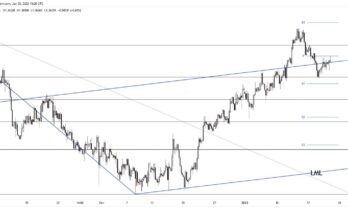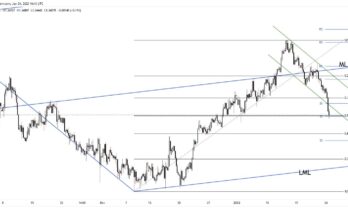Overnight data from China showed the economy slowing in the third quarter in year-on-year terms, although not by quite as much as anticipated by the market. Headline GDP increased 7.3% (expected 7.2%), with industrial production for September coming in stronger than expected at 8.0% (expected 7.5%). China needs to slow, because the growth seen in recent years has been built on credit expansion that is now causing problems, but naturally the authorities don’t want to see a slowdown that it too rapid and then requires government stimulus (which they have so far resisted) to counteract.
The softer dollar tone has continued overnight, with the Aussie gaining the most on the back of the better data from China, AUDUSD climbing to the 0.8830 level. Note that the minutes to the latest RBA minutes re-iterated the message from the statement that the RBA were seeing a long period of steady rates, given developments in China and also greater concerns regarding the global economy.
Monday proved to be a calmer day for FX, at least in relation to the volatility seen through most of October. It’s clear that the dollar story has changed, which was perhaps inevitable given the extent of Q3 gains, but for now there has not been a clear replacement. Beneath the surface, both the euro and sterling were finding some support above 1.61 and 1.2750 areas respectively on GBPUSD and EURUSD. Sterling is likely to prove reticent ahead of GDP data later this week.
The single currency however has seen a shift in underlying sentiment, less hopeful that further policy measures will have a material impact on the currency and also seeing a greater shift towards the impact of a deflationary environment. For Tuesday, there are no key data releases, just UK borrowing data at 08:30 GMT and US existing home sales later in the day. Note that quarterly inflation data in Australia the key overnight focus for Wednesday.
Further reading:
USD/CAD: Range Intact S/T, Fresh Highs Into Year End – BMO
AUDUSD



